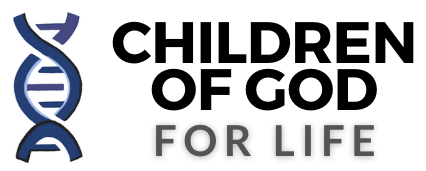New Research on Adult Stem Cells
Source: Los Angeles Times; November 6, 2000
Adult Tissue Can Yield Stem Cells, Researchers Say…
New Orleans — Stem cells, which promise treatments for currently incurable brain ailments and spinal cord injuries, may be far easier to obtain from adult tissues than anyone had thought, new research released Sunday indicates.
The news could be good for pro-life advocates who have decried the killing of unborn children to obtain stem cells for research. Researchers have previously claimed stem cells from unborn children provided better results in the research.
The study by researchers at the Robert Wood Johnson Medical School in New Jersey shows for the first time that, with the proper experimental growth factors, stem cells isolated from adult bone marrow can convert into neurons quickly and can be grown in almost unlimited supply. Moreover, animal experiments show that these cells can be successfully transplanted into the spinal cord and brain, where the cells appear to survive and connect to other neurons, the researchers said.
The discovery raises the prospect that people in need of treatment one day might be able to donate their own cells to repair crucial nerve tissue damaged by stroke, disease or injury, eliminating any need for powerful drugs to suppress the recipient’s immune system.
“We were somewhat overwhelmed,” said lead researcher Dr. Ira Black, who is head of Robert Wood Johnson’s neuroscience department. Bone marrow “appears to be a robust source of cells. There may be a variety of [other] easily accessible sources of cells that can generate neurons.”
In a similar laboratory advance reported Sunday, researchers led by Fred H. Gage at the Salk Institute for Biological Studies in La Jolla grew neural cells from human tissue donated after death from people up to 72 years old. Two other independent laboratory experiments indicate that neural cells can even be grown from skin and scalp tissue from living donors.
“The research shows that the [cadaver] tissue could be a new, non-controversial source of human neural cells for transplantation and experimentation,” said Gage.
Federally funded embryo research was effectively banned until last August. Then the Clinton administration ruled that publicly funded experiments could be conducted on the about 150,000 human embryos left behind at fertility clinics, provided that federal money is not used to actually destroy the unborn children.
The age at which the stem cells were harvested, however, did appear to make a crucial difference. Adult stem cells are biologically less potent than embryo cells. Cells cultivated from older donors did not last as long in the laboratory as those taken from younger donors, nor did they divide and multiply as efficiently. “Clearly the cells that are younger divide more easily,” Gage said. “There is no substitute for youth, at least so far.”
The findings were presented Sunday at the Society for Neuroscience in New Orleans, which represents 28,000 scientists who study the biology of the brain.

Does “donated after death” mean “after brain death” or after real death, ie actual cadaver tissue? See Dr. Paul Byrne inventor of neonatal care on brain death is not real death re: no such thing as donating cadaver organs. Is it the same with tissue?
If your question centers on spontaneous miscarriage as the possible source for fetal tissue, please see this post.
It is true that vital organ function can be artificially extended beyond brain death, but it is difficult to reconcile the medical definition of death with others.